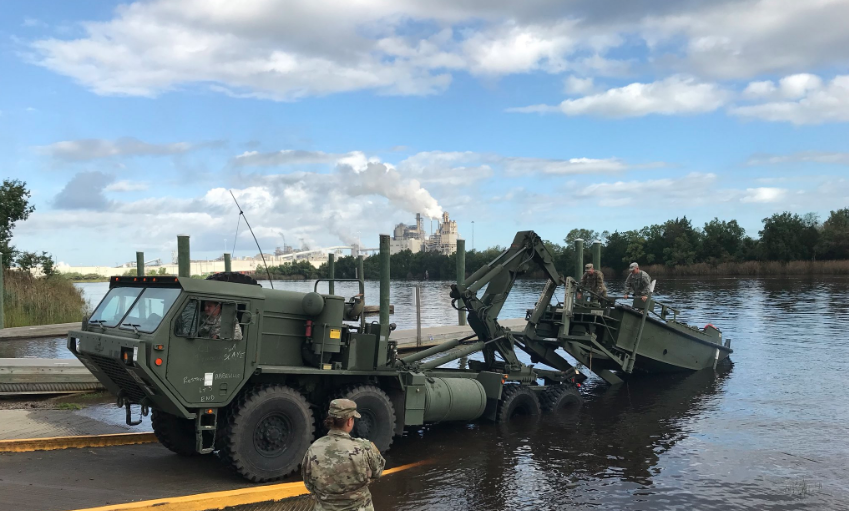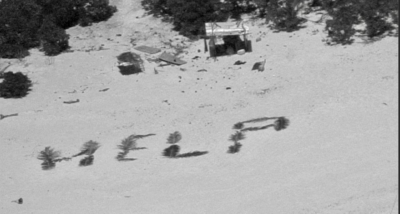With at least 37 deaths and damages above $10 billion, Hurricane Florence is being ranked as a historic storm for the Carolinas, a region that has seen its share of storms with even higher winds and bigger waves.
For mariners, the longtime definition of hurricane strength — the five-step Saffir-Simpson scale, based on maximum sustained wind speeds from 74 mph to 157 mph and up — is the standard for determining potential danger.
But after Florence, which is doing damage long after its Sept. 14 landfall near Cape Fear, N.C., some forecasters and emergency planners are thinking about new ways to define the risk for the public.
The National Hurricane Center in Miami made dead-on forecasts for the path of Florence and its strength defined by Saffir-Simpson, peaking at around category 4 over the warmest Atlantic waters, then losing speed to become a category 1 storm, with winds of 74 mph to 95 mph at landfall.
Inevitably, chatter in the news and social media talked of a “weakening” storm, even as the hurricane center continued to warn Florence was packing huge rainfalls to unload on land. It did just that, dumping three feet of rain in four days in southeastern North Carolina.
“Meteorologists cringed as the tweets came rolling in, along the lines of 'it’s only a category 2 storm,’” wrote Gina Eosco, a risk communication expert, in Scientific American.
All that water is doubling back in the other direction, racing down rivers to the coast. One focal point is Conway, S.C., where the Waccamaw River reached record height of 20’ Sunday, and a crest of 22’ is expected Wednesday. That will exceed by four feet the floods of Hurricane Matthew in 2016.
With thousands of homes uninhabitable and no end in sight for the emergency, Florence’s “weakening” was like that of Hurricane Sandy in 2012. Sandy was only flirting with category 1 winds when it hit the beach, but no matter. It was already pushing a storm surge from Atlantic City to New York Harbor that shattered modern records.
The Saffir-Simpson wind scale was adopted after Hurricane Camille, a category 5 storm in 1969, wiped out a section of the Gulf Coast around Waveland, Miss., with 174 mph gusts and a 24.6’ storm surge.
But one-third of the most damaging hurricanes to make U.S. landfall since 1950 have been “only” category 1 or 2.
Modern weather modeling, forecasts and technology have vastly increased the accuracy and nuance of predicting hurricanes. As the Carolinas recover and the experts take stock, a new national system of risk communication and warning could emerge.





